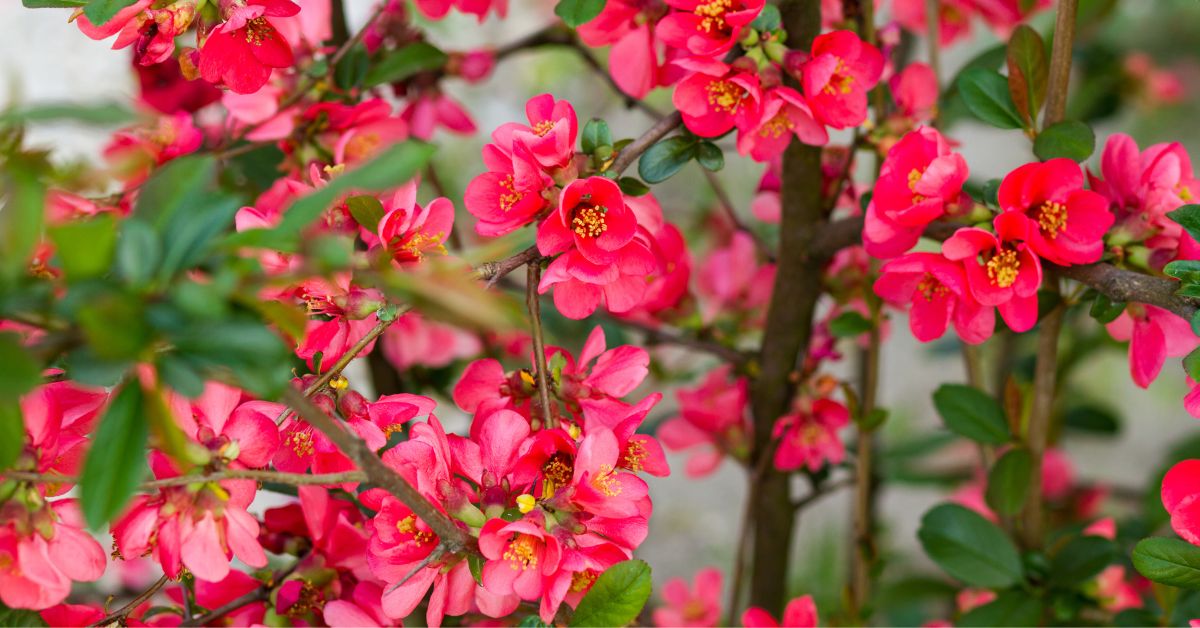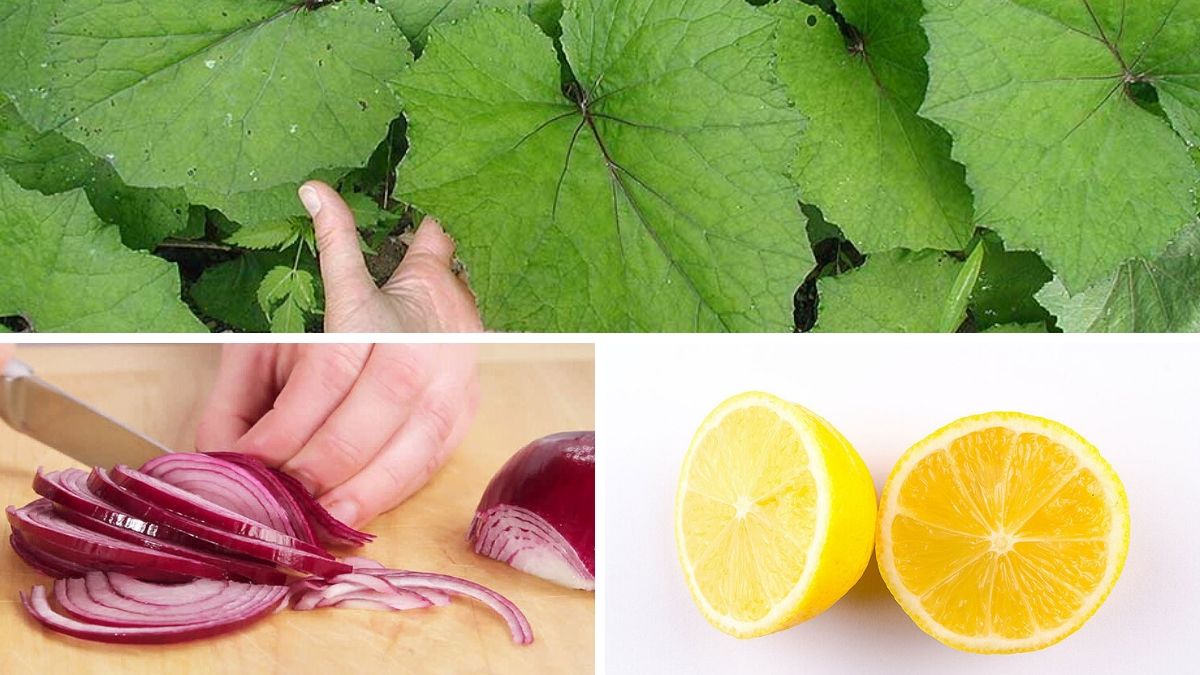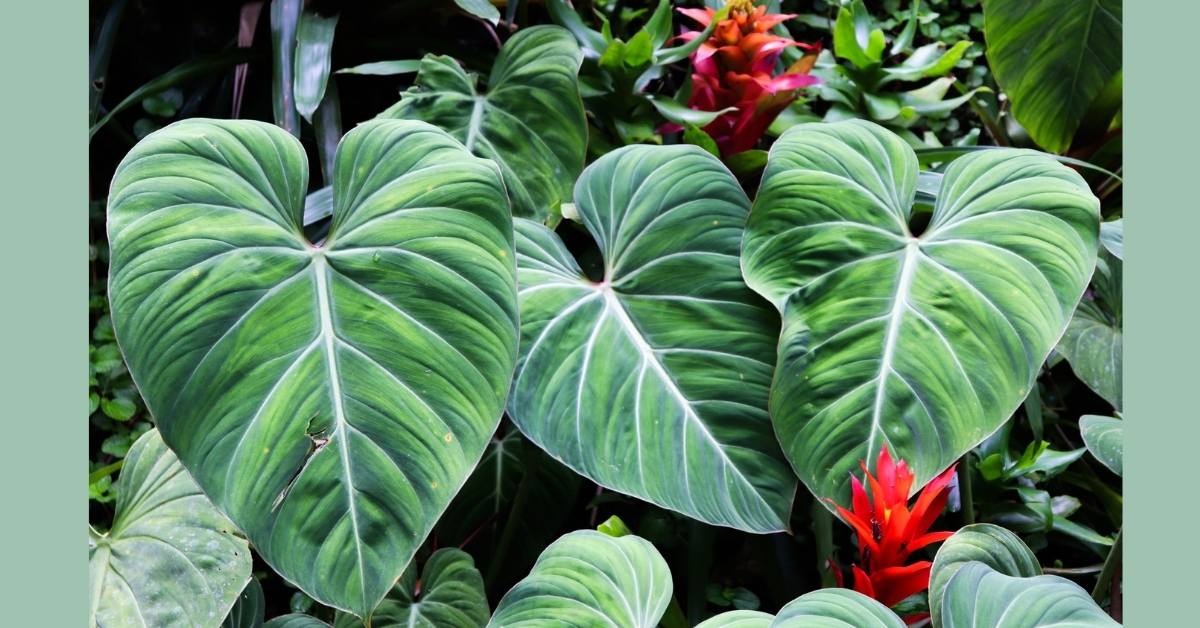Gardening is a hobby that many people enjoy, but it can also be challenging and confusing at times. Whether you are a beginner or a seasoned gardener, you might have some questions about how to grow and care for your plants, flowers, and vegetables.
Ultimate Guide to Gardening
In this article, we will answer some of the most frequently asked questions about gardening, such as what are the different types of gardens, when to plant, how to make the soil fertile, how to prune, guide to gardening and more. By reading this article, you will learn some useful tips and tricks to make your gardening experience more enjoyable and successful.

What are the different types of gardens?
A garden is a small place attached to the residence where people grow plants. However, when people are passionate about growing plants and have less space around them, they tend to create gardens at places like rooftops, atriums, balconies, window boxes, patios, and vivariums. Gardening is not restricted to these small residential areas; it can also be done in public places like parks, botanical gardens, tourist places, hotels, etc.
What month should I start planting in my garden?
Vegetable and annual flower plant seeds should be planted 6 months before the winter season, but there are some vegetables and flowers that can tolerate winter. So, the planting depends greatly on what one is planning to grow in their garden.
How long does it take for seeds to germinate in the soil?
When sprouting with 2 to 3 mm of root, soaked seeds should be planted in the soil at a depth of 0.5 to 1 cm with the root facing downwards. Doing so will help seeds germinate within 3 to 5 days of sowing.
How can one make the soil more fertile?
Two basic things which indicate fertile soil are organic matter and mineral availability. It is important to know that the soil should not be tilled very often. Otherwise, it would disturb the soil structure. Add organic materials to the soil. Add wood ash to the soil.
How deep should a raised vegetable garden be?
A raised garden bed is a restricted space for growing flowers, fruits, and vegetables, so in order to provide enough space and adequate soil for root development, the depth of the raised bed is maintained properly. The minimum depth of the soil bed should be around 6 to 8 inches for vegetables like turnips, cucumbers, broccoli, beet, lettuce, etc., but vegetables like cabbage need a depth of 10 inches. Vegetables like tomatoes, carrots, peppers, etc., need a depth of 12 inches to survive.
How does one prepare a garden bed for planting?
Preparing the bed is almost similar to soil preparation and is important because the roots of the plants thrive in this area. Three types of garden areas could be possible: the new bed, the empty bed, and the existing garden bed. The soil in the area should be turned over to a depth of 12 inches. Compost should be added to it such that it forms 2-3 inches of bed-like structure. Mulch the bed with grass clippings (3-4 inch layers). Add more compost to the garden to preserve moisture.
How deep do you dig a hole for a plant?
The depth of the hole for planting depends on the type of plant and its size. Small plants of about 3 inches need a planting depth of 6 to 12 inches; when slightly greater than 3-inch plants need a depth twice the diameter of the existing pot size so as to have plenty of room for roots.
How can one break down clay soil?
Clay soil is categorized as a heavy soil type and should be loosened to facilitate proper plant growth. Naturally obtained sand has silt and little organic matter, which is considered better for plants. It is not the pure form of sand. Rather, it is called sandy loam or loamy sand, depending on the sand and silt in it. Sandy soil needs to be amended according to the plant type. Acidic soil is added with lime to balance the pH, and alkaline sandy soil is added with sulfur to make it neutral.
How long does it take for a garden to grow?
This factor depends on the type of plants one is growing in the garden. Normally, seeds germinate within one or two weeks time and then, depending on the maintenance of the garden, one can expect to see a garden ready in about 60 to 90 days after planting.
What are the best plants for shade?
Some plants that grow indoors in less space are Aloe Vera, basil, spider plant, snake plant, weeping plant, Areca palm, English ivy, lady slipper orchid etc. apart from these vegetables and fruit plants also grow in the shade like cabbage, carrots, lettuce, herbs, blackberries, pears, etc.
How often should I water my plants?
The general watering count is one to two inches of water every week, but it is important to know that sandy soil holds less water than clay soil and will hence dry early. The best time to water the plants is in the morning or late afternoon so as to avoid evaporation and fungal infections. 2 inches deep watering once a week is preferable, and shallow watering frequently should be avoided.
What is the correct way to prune the plants in the garden?
To keep the houseplants properly aerated, fresh and healthy, it is advisable to prune or remove the dead leaves, limbs, and flowers from the plants. Sometimes even the stem or branches are cut to encourage fresh growth and foliage. Pruning should be done after the growing season has started. Cut the diseased or dead part at an angle of 45°. Trim the dead flowers off the plant to encourage new bloom. The longest branches on the main stem should be cut almost to one-third. Never cut the nodules of the plant having new buds.
What makes a garden organic?
Growing plants the natural way, i.e., without the use of chemicals or synthetic fertilizers, is the main idea of an organic garden. When the ecosystem in which the plants sustain and get nourished is controlled by soil microbes and beneficial insects rather than artificial agents, then it becomes an organic garden.
What is vertical gardening, and why is it important?
A method of gardening in which plants are encouraged to grow upward in the vertical space with the help of a frame or a wall. This method utilizes various resources and techniques to grow plants in a particular fashion. The frame of plants can be designed anywhere around the house without any problem. Vertical gardens are a pleasant sight to look at, very fast to create and easy to tend, and they lower the temperature of the surroundings.
How can one test the garden soil?
The soil in the backyard or garden area can be tested easily without a pH kit. Take one cup of soil from different parts of the garden and put 2 spoonfuls into a separate container, and then add half a cup of vinegar to the soil. If the soil fizzes, then it is assumed that the soil has a pH range of 7-8 (alkaline). Now if the soil doesn’t fizz, add water and 2 spoons of soil and make it muddy; add half a cup of baking soda to the muddy mixture to check for fizzes. If fizzes are observed, the soil is acidic and must have a pH of 5-6.
What indoor plants are the easiest to grow?
If you’re a beginner or someone who prefers low-maintenance plants, you might want to consider philodendron, pothos, rubber plants, mother-in-law’s tongue, dracaena, spider plants, cast iron plants, or umbrella plants. These plants are known for their hardiness and ease of care.
What does high and low light mean for indoor plants?
High-light plants require direct or strong sunlight for most of the day. Medium-light plants should stay out of direct sunlight but still should be in a bright room. Low-light plants should be away from the window. Understanding the light requirements of your plants is crucial for their survival and growth.
What about grow lights for indoor plants?
You can grow almost any plant, including blooming plants, with a grow light equipped with a special light bulb for plants. Grow lights can be a great solution for indoor gardening, especially in spaces with limited natural light.
What’s the best potting mix for houseplants?
Using a mix that drains well is best since the number one problem with indoor plants is overwatering. A recommended mix is one that holds enough water to keep the plants happy but also is very porous, so there is good air circulation around the roots. For cactus and succulents, a specialized cactus soil is recommended.
How do I know if my plant needs repotting?
You can slide the plant out of the pot and look at the roots. If the roots are circling outside the root ball and it looks like there are more roots than soil, it is probably time to repot. It’s recommended to pot in one size larger pot when you report.
What is the best vase for my flowers? Or how do I choose a vase?
Choose a vase that’s half the height of the flowers. If the bouquet is bottom-heavy, use a narrower vase; use a wider one if the top is overpowering. Make sure that your vase is clean before use. Let the vase dry naturally because using a towel or some other material can introduce bacteria that may cause your flowers to die off faster.
How much water do I add to a vase?
Fill the vase two-thirds with water – use lukewarm water, as flowers can drink this more quickly. Avoid using hot or cold water for delicate flowers that can come as a shock. Better still, allow the filled vase to sit for a while and adjust to room temperature. This will also allow any air bubbles to escape.
Should I use flower food in the vase?
Flower food contains 2 main ingredients, sugar and bleach. Sugar will feed the flowers, and bleach will help prevent the growth of algae and bacteria. Algae has the potential to clog the stems, making it more difficult for the flower stems to absorb water. Therefore, the addition of flower food is a must.
Should I trim my flower stems?
Flower stems will immediately start to dry out soon after they have been picked from the soil. When you receive your flowers, they will be 100% fresh and hydrated, but you should still cut about 2-3cm from the bottom of the stems at an angle. This increases their water intake because it stops the stems from resting against the bottom of the vase and gives them a better surface area to absorb.
Should I remove any leaves or other foliage that sits below the waterline?
Yes, removing any leaf or other foliage that sits below the waterline is essential. This helps to keep the water clean and free from any potential sources of bacteria or algae, which can shorten the lifespan of your flowers.
Conclusion
We hope that this article has answered some of your questions about gardening and helped you learn more about this rewarding and enjoyable hobby. Gardening can be fun and easy if you follow some basic guidelines and tips, such as choosing the right type of garden, planting at the right time, improving soil fertility, pruning regularly, caring for your indoor plants and flowers, and testing your garden soil. By applying these techniques, you can grow healthy and beautiful plants that will brighten up your home and your life. Happy gardening!


